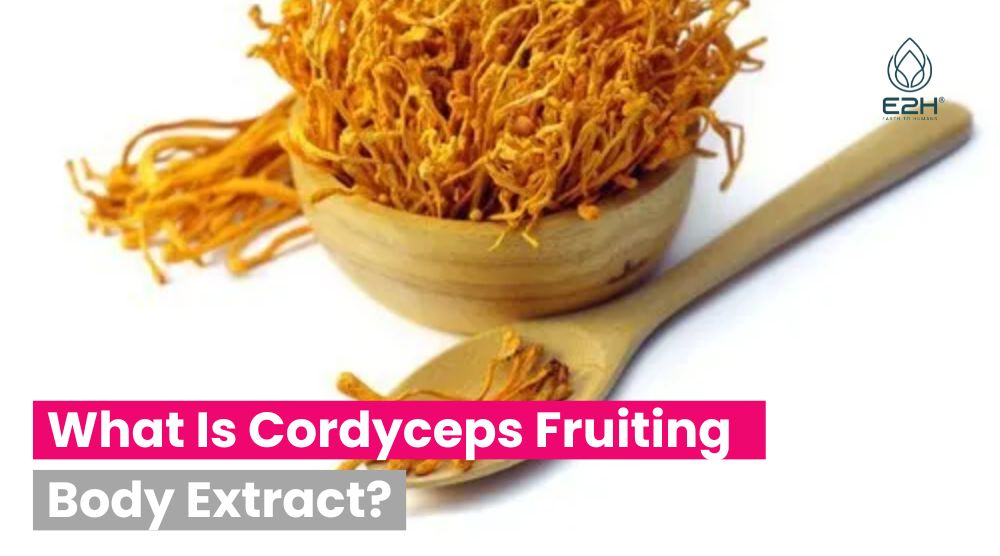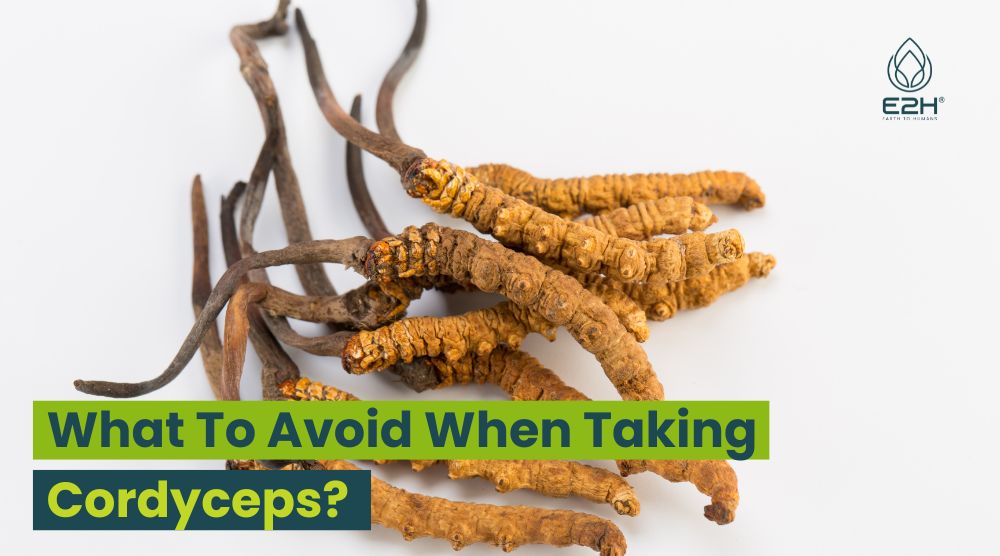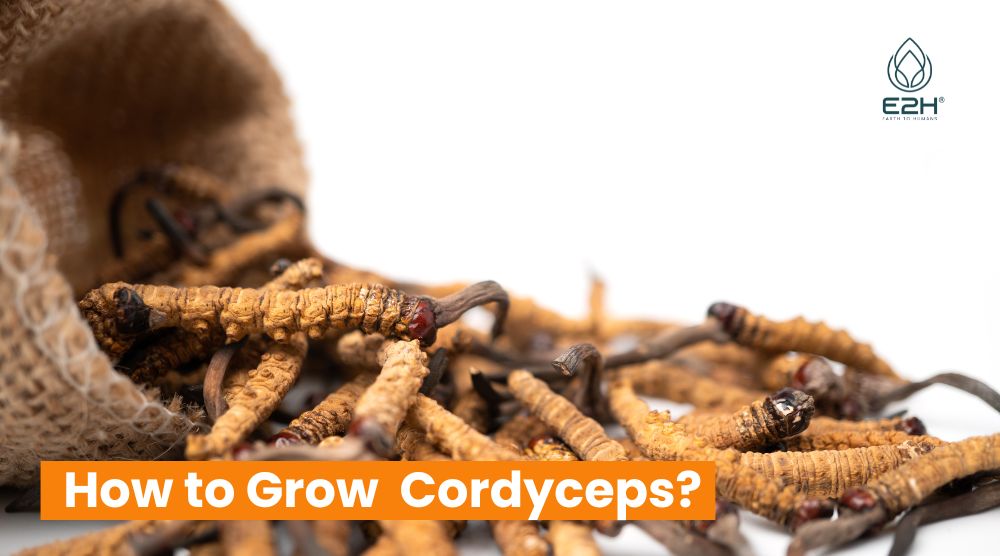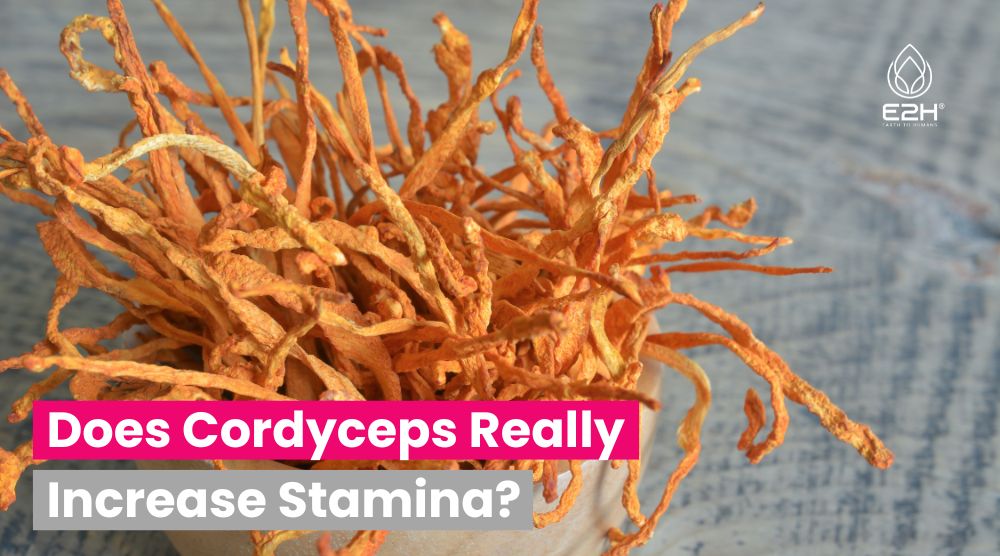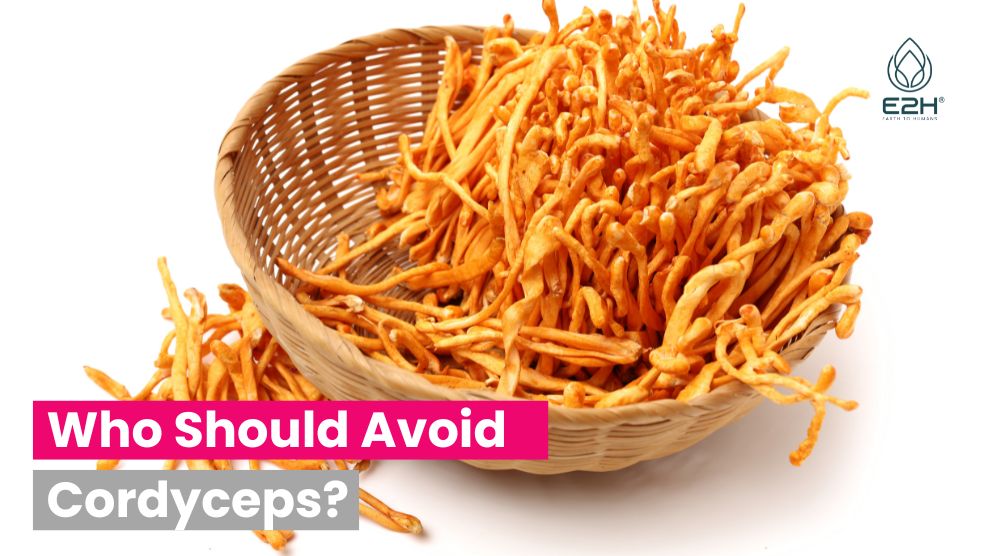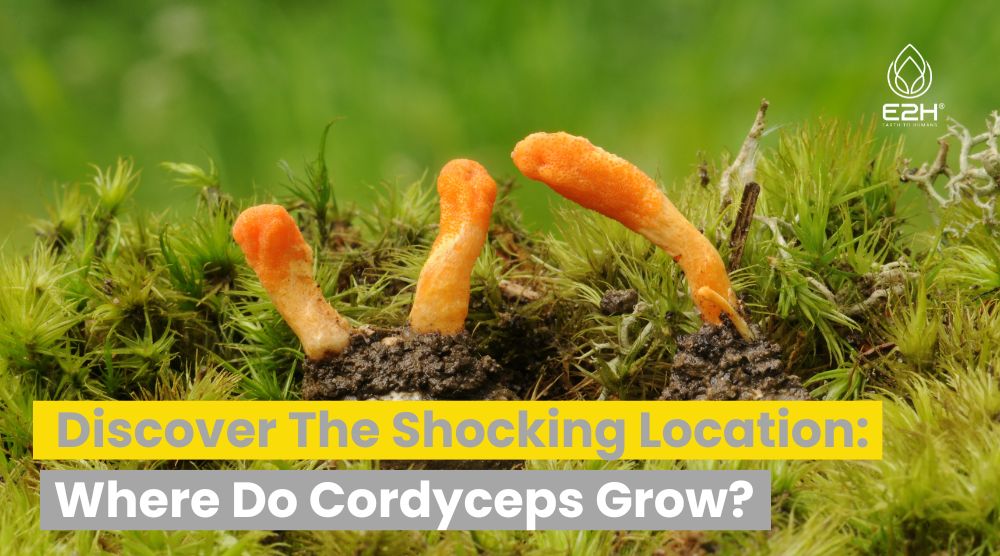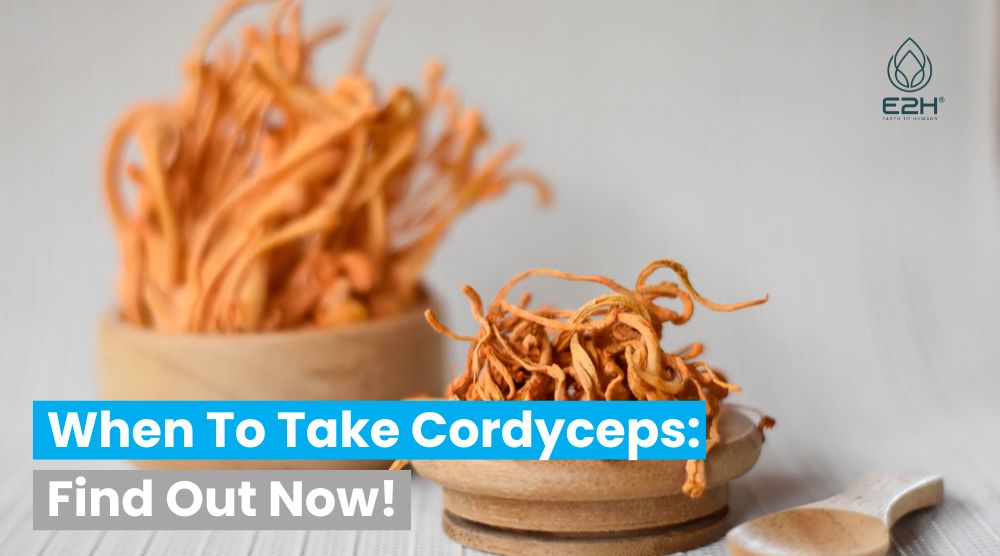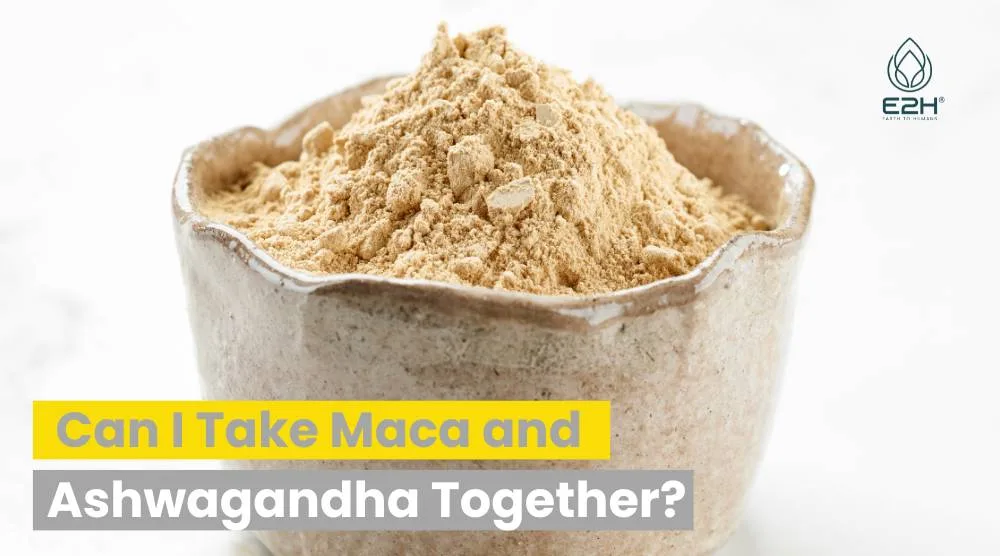Cordyceps fruiting body extract is derived from the mature stage of Cordyceps mushrooms, renowned for its potential health benefits like boosting immunity and enhancing energy.
So, what exactly is cordyceps fruiting body extract, and how does it carve its place in our wellness journey? Let’s explore its origins, benefits, and the science that seeks to decode its myriad of health potentials.
What is cordyceps fruiting body extract: In Detail
Biological Origin
Cordyceps mushrooms have a fascinating lifecycle. Some species, like Cordyceps sinensis, are known to parasitize insect larvae in the wild, consuming them and eventually sprouting a fruiting body from the consumed host. Other species, like Cordyceps militaris, can be cultivated without the need for an insect host, making them more sustainable and ethical for widespread use.
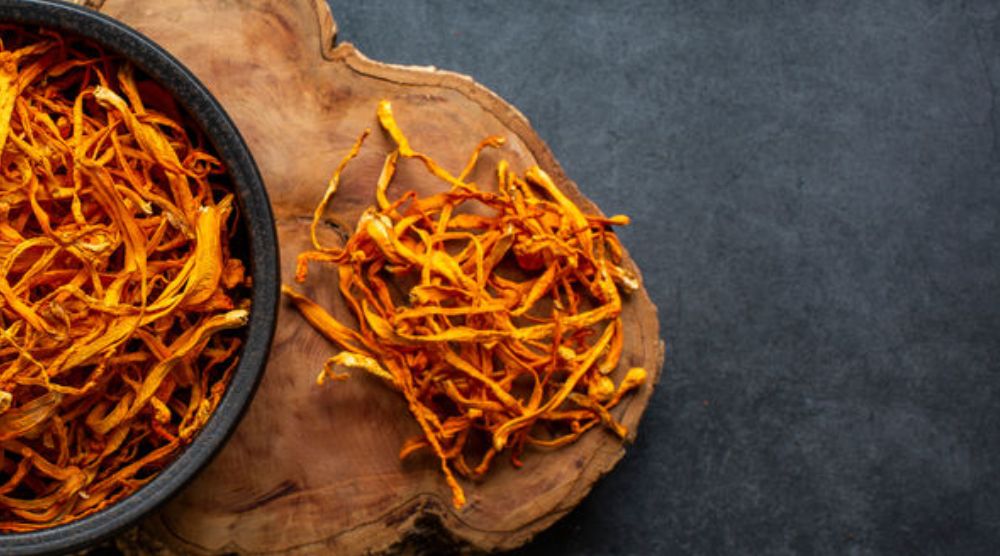
Extraction Process
The extraction process of the whole cordyceps mushroom fruiting body involves harvesting the mature mushrooms and then utilizing various methods, such as hot water extraction, to draw out the beneficial bioactive compounds. This process aims to retain and concentrate the bioactive components, such as polysaccharides, beta-glucans, adenosine, and cordycepin, which are believed to confer various health benefits.
Health Benefits
Cordyceps fruiting body extract is celebrated for a multitude of health benefits, including:
- Immune Support: It is believed to modulate the immune system, potentially enhancing its function.
- Energy and Vitality: Traditionally used to boost energy levels and overall vitality.
- Respiratory Health: It has been utilized to support respiratory function.
- Sexual Health: Historically, it has been used to enhance libido and support reproductive health.
Scientific Research
Scientific research into cordyceps is ongoing, with studies exploring its potential impacts on immune function lung cancer, energy metabolism, and more. While some research supports its traditional uses, further studies are needed to fully understand its mechanisms and potential applications in modern medicine.
Usage and Forms
Cordyceps fruiting body extract is available in various forms, such as powders, capsules, and tinctures, making it accessible for various uses. It can be incorporated into dietary supplements, added to foods and beverages, or utilized in traditional medicine preparations.
Sustainability and Cultivation
Given the ethical and sustainability concerns regarding wild-harvested cordyceps species, especially those involving insect hosts, cultivated varieties like Cordyceps militaris are gaining popularity. Cultivation allows for consistent quality, sustainability, and avoids the ethical dilemmas associated with harvesting from the wild.
How is cordyceps fruiting body extract made?
Cordyceps fruiting body extract is meticulously produced to preserve its potent components. The process typically involves cultivating the Cordyceps Militaris mushroom, often on solid-state fermentation substrates like silkworm larvae pulp, which mimics the nutritional source chosen by wild cordyceps.
Once the mushroom reaches its full maturity, a specialized extraction process begins. A common method involves a pressured hot water extraction that safeguards vital protein fractions while thoroughly extracting protein-bound polysaccharides and beta-glucans.
This method eliminates all fiber, ensuring a high-potency extract that is highly soluble in liquids, providing a concentrated amount of mushroom chemistry per gram, and closely resembling the composition of the living mushroom.
What are the health benefits of cordyceps fruiting body extract?
Cordyceps fruiting body extract is revered for its myriad of health benefits, which have been acknowledged in traditional Chinese medicine. Some key benefits include:
- Immune Modulation: It’s prized for its ability to modulate the immune system.
- Energy Enhancement: Known to increase energy and enhance athletic performance.
- Respiratory Function: Traditionally used to improve respiratory function.
- Sexual Function: Recognized for revitalizing the sex glands and boosting reproductive system functionality.
- Kidney Health: It’s also noted for supporting kidney health.
- Adaptogenic Properties: Helps the body adapt to stress and build strength, endurance, and vitality over time.
Is cordyceps fruiting body extract a natural remedy for any health conditions?
Cordyceps fruiting body extract is often utilized as a natural remedy for various health conditions, although it’s essential to note that more research is needed to substantiate some of these uses. Historically and in various traditional medicine practices, it has been used for:
- Fatigue and Weakness: To combat general weakness and fatigue by enhancing energy.
- Respiratory Ailments: To aid in improving respiratory function.
- Sexual Dysfunction: To revitalize the sex glands and enhance sexual function.
- Immune System Support: To bolster the immune system, particularly in times of stress or after illness.
- Kidney Health: To support the health and function of the kidneys.
Can cordyceps extract be used as a dietary supplement?
Yes, cordyceps extract is widely used as a dietary supplement, particularly in the form of powders, capsules, and tinctures. It is celebrated for its adaptogenic properties, assisting the body in adapting to stress and enhancing overall vitality.
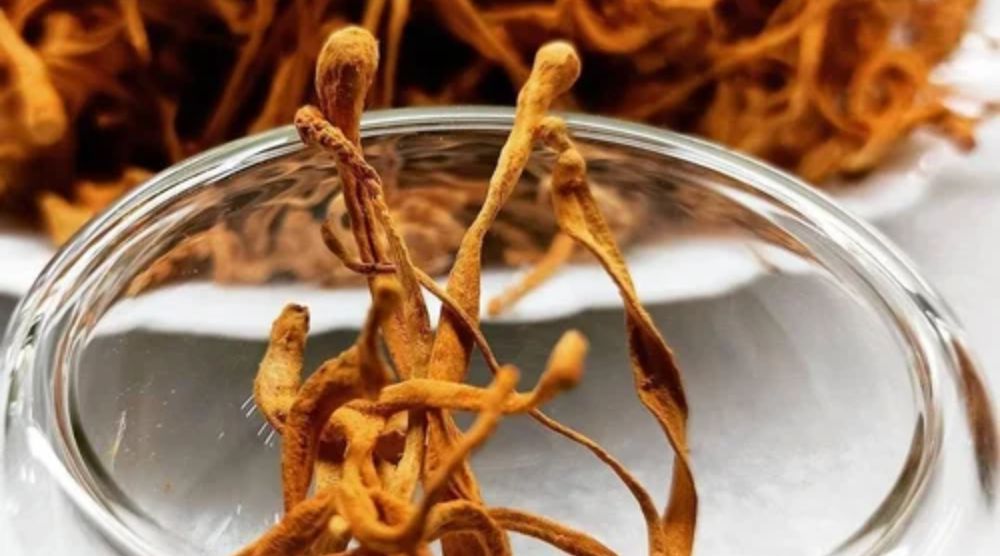
Cordyceps is also sought after for its potential to boost energy levels, support immune function, and enhance athletic performance.
The extract is often incorporated into daily wellness routines to leverage its array of health-promoting properties, such as supporting kidney health and improving respiratory and sexual function, based on traditional uses and preliminary scientific and clinical studies.
Are there different types or strains of cordyceps extract?
Indeed, there are different types and strains of cordyceps, each with unique characteristics and traditional uses. The two most well-known strains are Cordyceps sinensis and Cordyceps militaris.
Cordyceps sinensis grows in the wild, primarily on caterpillar larvae in the high-altitude regions of China and Tibet. Meanwhile, Cordyceps militaris is often cultivated on solid-state fermentation substrates, enabling the harvesting of fruiting bodies, and is used to create extracts that closely resemble their wild counterparts.
Each strain contains different concentrations of active compounds, such as adenosine and cordycepin, and may be utilized for varied health and wellness applications.
Are there any known drug interactions with cordyceps extract?
While cordyceps extract is often considered safe for most individuals, potential interactions with certain medications have been noted. For instance, due to its potential impact on immune system modulation, it might interact with immunosuppressive drugs.
Additionally, cordyceps may have anti-diabetic effects, potentially affecting blood sugar levels and interacting with insulin or oral hypoglycemic agents. It’s also theorized to possess anti-platelet aggregation activity, which could theoretically enhance the risk of bleeding when taken with anticoagulant drugs.
While some of human studies of these interactions are based on theoretical or animal model data, it underscores the importance of caution and consultation with healthcare professionals when integrating it with pharmacological treatments.
Can I find user reviews or testimonials about the effects of cordyceps extract?
Certainly, user reviews and testimonials regarding the effects of cordyceps extract can be found on various platforms, such as e-commerce websites, forums, and health blogs. Consumers often share their experiences related to energy enhancement, improved athletic performance, and perceived benefits to immune function.
Some users also discuss the impact of cordyceps on their respiratory and sexual health. However, it’s crucial to approach testimonials with a discerning eye, as individual experiences can vary, and reviews are subjective and not a substitute for scientific evidence or professional medical advice.
Any Differences between Cordyceps sinensis & Cordyceps militaris?
Yes, Cordyceps sinensis and Cordyceps militaris are distinct strains with notable differences. Cordyceps sinensis traditionally grows in the wild on caterpillar larvae in high-altitude regions, while Cordyceps militaris can be cultivated, often on solid-state substrates, making it more accessible and sustainable.
Additionally, they contain different concentrations of active compounds, such similar active compounds such as adenosine and cordycepin, which may influence their therapeutic properties. While both are utilized in traditional medicine and supplements, Cordyceps militaris is becoming more prevalent in commercial use due to its cultivability and the ability to harvest its fruiting bodies, ensuring a consistent and sustainable supply.
How has traditional Chinese medicine utilized cordyceps?
Cordyceps has been utilized in Traditional Chinese Medicine (TCM) for centuries, often prescribed for various ailments and to enhance overall vitality. It’s renowned for its adaptogenic properties, aiding the body in managing stress and bolstering energy levels.
TCM has employed cordyceps to support kidney and lung function, enhance stamina, and to address issues related to fatigue, sexual dysfunction, and respiratory ailments.
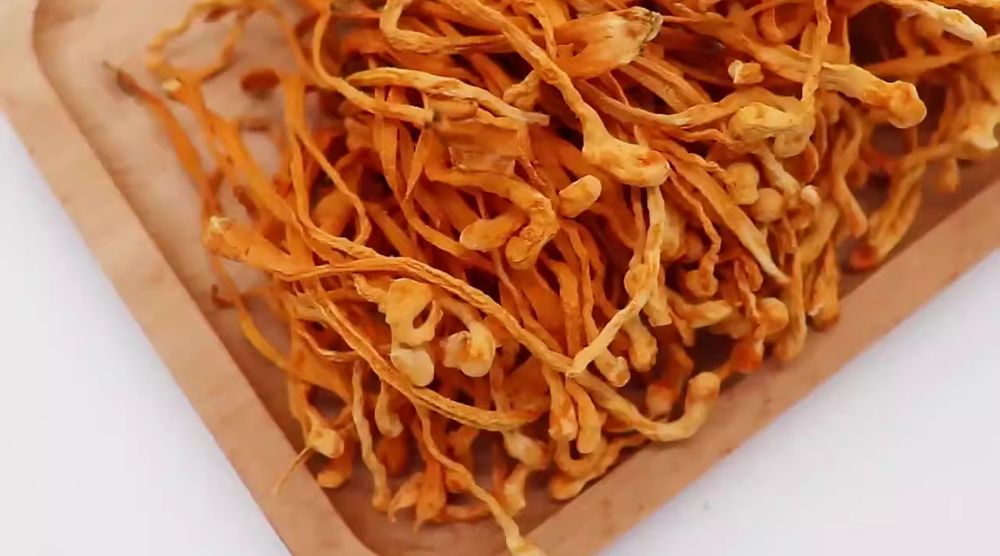
The mushroom is also believed to nourish the “Yin” and “Yang,” providing a balance that supports overall health and wellness. Its myriad of uses in TCM stems from both its rich folklore and its observed impact on various health aspects.
Are there any specific regions where cordyceps extract is traditionally used?
Cordyceps extract has been traditionally used in various regions across Asia, particularly in China, Tibet, and Nepal. In these areas, it is often found in high-altitude regions, where the wild variety, Cordyceps sinensis, grows on caterpillar larvae.
The use of cordyceps in Traditional Chinese Medicine and similar practices in nearby regions has been well-documented, where it is utilized for its purported benefits to vitality, immune function, respiratory health, and more.
Additionally, due to its historical and traditional significance, cordyceps has been integrated into various health practices and culinary applications in these regions, reflecting its esteemed position in local wellness approaches.
FAQs
What is the primary component in cordyceps fruiting body extract that is associated with its health benefits?
The primary components associated with health benefits in cordyceps extract are polysaccharides, beta-glucans, adenosine, and cordycepin.
How is cordyceps fruiting body extract typically consumed or used?
Cordyceps fruiting body extract is typically consumed in powder form, capsules, or tinctures, and can be added to beverages or meals.
Can cordyceps fruiting body extract be used in cooking or added to food recipes?
Yes, cordyceps fruiting body extract can be added to recipes, smoothies, teas, or sprinkled on foods to enhance nutritional content.
Is cordyceps fruiting body extract suitable for vegetarians and vegans?
Yes, cordyceps fruiting body extract, especially those cultivated without using insects, is suitable for vegetarians and vegans.
What is the difference between cordyceps fruiting body extract and cordyceps mycelium extract?
Cordyceps fruiting body extract is derived from the mature mushroom, while summary cordyceps mycelium extract comes from the early growth stage, each offering different compound profiles.
Conclusion
Navigating through the world of cordyceps fruiting body extract, we encounter a blend of traditional beliefs and scientific exploration, each shedding light on its potential health benefits. From enhancing vitality to supporting immune function, this unique extract invites us to explore new avenues in our wellness journey. As we continue to explore and understand its full spectrum of benefits and applications, cordyceps fruiting body extract stands as a testament to the timeless wisdom embedded in natural remedies and the future possibilities that lie within them.
